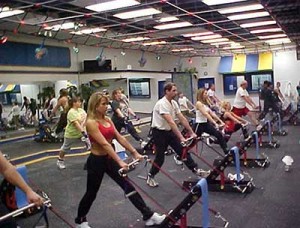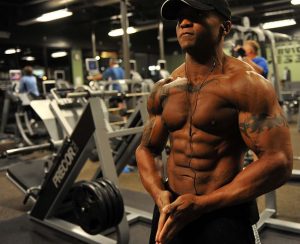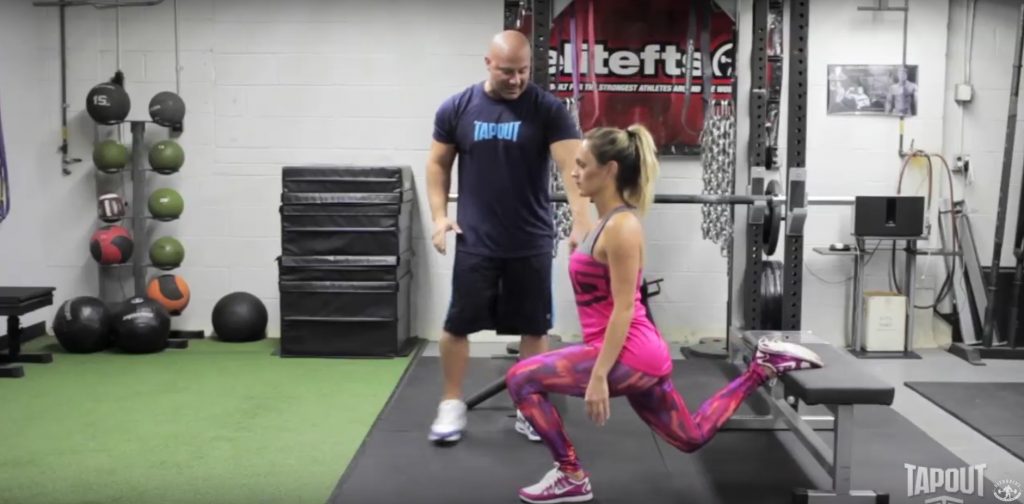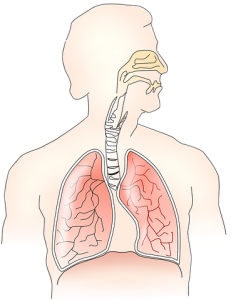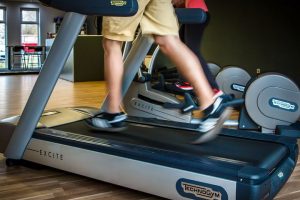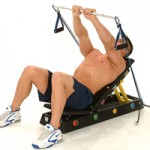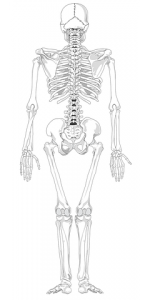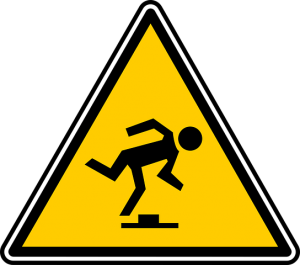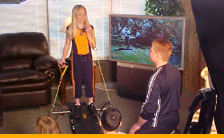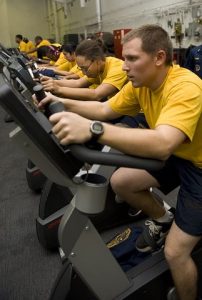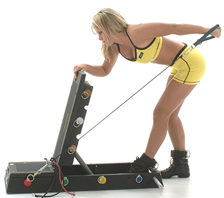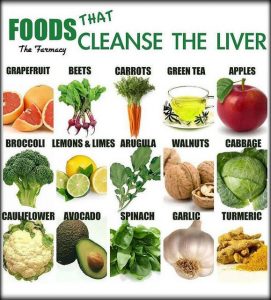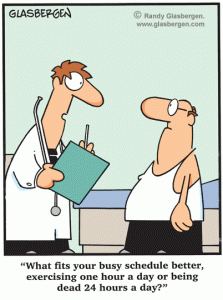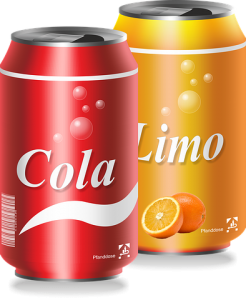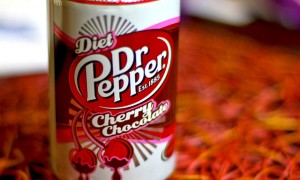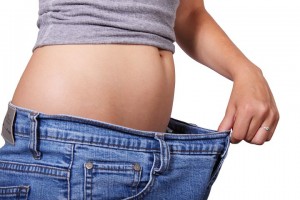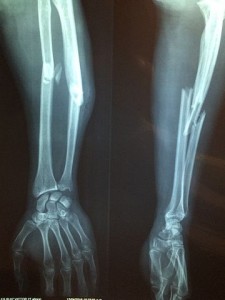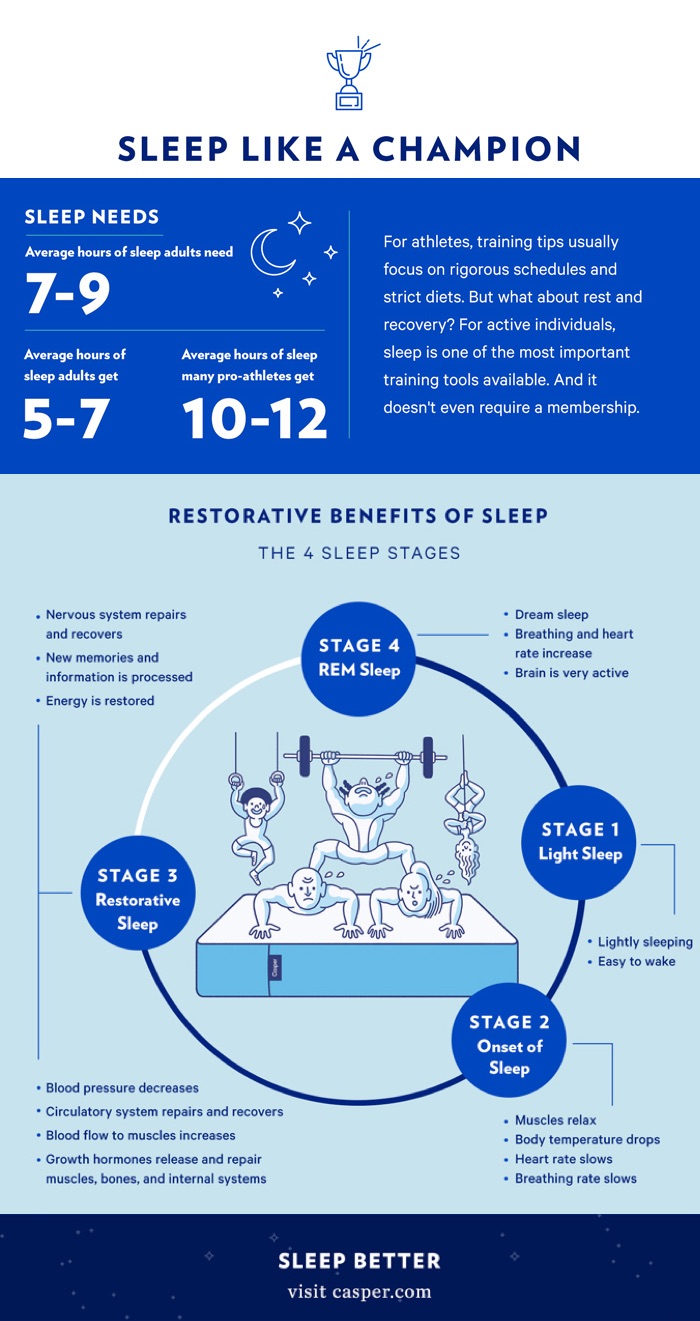Nobody likes a nag, but it’s amazing how many people slide so easily into lecture mode when it comes to their opinions on others’ health and fitness. Part of it is because when a person loses a significant amount of weight and starts feeling better, they want the rest of the world to feel that great, too. Kinda like the person in love who wants to set up every single friend they have on a blind date.

You want to shout to the world how great working out makes you feel and look–but that shout-out won’t inspire others to follow in your footsteps.
Sure, it’s a caring thing to be concerned about those close to you, but there is a better way to go about inspiring them to hop on the exercise train. As Behavioral Psychology Expert Dean Anderson points out to SparkPeople readers, you can’t force someone to want to lose weight and get in shape. If their own health isn’t enough motivation, there is nothing you can say to get them to the gym and working out consistently. You also can’t set goals for them. However, there are a few things you can do.
Inspire By Example
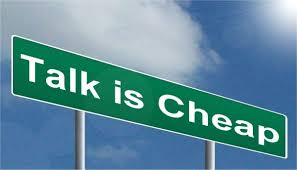
Actions speak louder than words–inspire by example. Image courtesy of Nick Youngson via Creative Commons
If you want to inspire anyone to start working out, most verbal motivation should probably be banned. Talk is cheap and actions and examples speak louder than words, especially when it comes to working out, and it’s even been scientifically proven. The American Council on Exercise reported what researchers discovered when studying the effectiveness of workout partners. Essentially, people were less inspired by partners who offered verbal encouragement and more inspired by working out with a partner who was fitter than they were by up to 40 percent and who did nothing more than workout with them.
That doesn’t mean that you shouldn’t offer advice or share experience and techniques if you are asked. What it does mean, though, is that you’re more likely to inspire someone by just being fit and healthy yourself. If you’ve lost a significant amount of weight or gained some impressive muscle mass, people will notice. Seeing that you did it and are maintaining is some of the best inspiration you can give. Your success will be far more motivational than anything you can verbally say.
Display Consistency
A study published by the American Society for Clinical Nutrition showed that approximately 20 percent of people are able to keep from gaining back after weight loss. Since the same study also found that after 2 to 5 years, it gets easier to maintain weight loss, consistency is obviously the key. What does that have to do with you being an exercise inspiration to others? It means the longer you stay fit and healthy, the better testament you are to working out as a lifestyle choice. People who lose weight fast and rush to pressure their friends and family into trying their miracle diet or workout will look foolish if they gain back even a few pounds. Keep quiet, keep working out, and keep the weight off. Your consistency is what will be inspiring and motivational.
Have Some Fun
Yes, there are people who truly love working out, and they have fun doing it. It’s hard to convince others of the fun, though, when they end up so sore they can’t even tie their shoes. The thing is, you’re on the right track of trying to equate exercise with pleasure, you just have to go about it in a different way if you want to motivate someone else to work out. PopSugar suggests some fun motivational alternatives to traditional workouts friends can enjoy together including signing up for a different type of fitness class like a TargitFit or jiu-jitsu class, going on a bike ride outdoors instead of hitting the stationary bike, or hiking somewhere that offers fabulous scenery. If you can limit yourself to one glass or less of wine or beer, an evening at a dance club is a fun way to burn calories, too. It’s only after a person has started associating physical activity with pleasure that they can successfully move on to more traditional exercise and stick with it.


